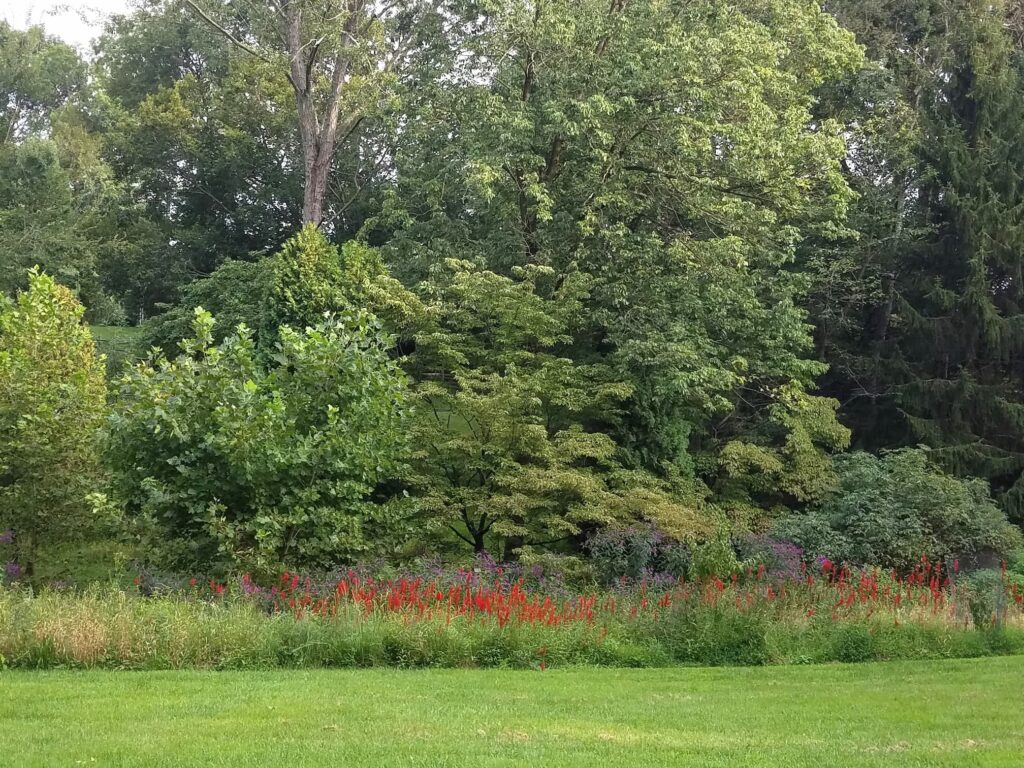In today’s increasingly urbanized world, our backyards are more than personal retreats—they are vital ecosystems. Whether sprawling or compact, your outdoor space can support a surprising array of wildlife. Increase backyard biodiversity with thoughtful design and mindful practices, and transform your yard into a thriving habitat for birds, bees, butterflies, and beyond.
Why Backyard Biodiversity Matters
Biodiversity—the variety of life in a particular habitat or ecosystem—is crucial for ecological resilience. It contributes to:
- Pollination of crops and flowers
- Natural pest control
- Soil health and nutrient cycling
- Climate regulation
- Aesthetic and spiritual enrichment
By encouraging biodiversity at home, we can collectively combat habitat loss, reduce the spread of invasive species, and even help mitigate climate change.
Creating a Biodiverse Backyard: Key Principles
1. Plant Native Species
Native plants are adapted to your region’s climate, soil, and wildlife, and support local insects and animals.
2. Diversify Plant Structure
Include layers—trees, shrubs, perennials, ground covers, and vines—to mimic natural habitats and offer shelter and nesting sites for different species.

3. Go Organic
Avoid chemical pesticides and herbicides. These harm pollinators and beneficial insects and can contaminate water sources. Instead, practice integrated pest management and use compost to nourish your soil.
4. Create Microhabitats
- Brush piles for overwintering insects and small mammals
- Rock gardens for reptiles and amphibians
- Water sources like birdbaths or small ponds for hydration and breeding
5. Leave the Leaves
Dead leaves provide winter habitat for butterflies, beetles, and bees. Rather than bagging them up, consider using them as mulch or leaving some undisturbed in garden corners.
Wildlife to Watch For
By fostering biodiversity, you’ll start to notice:
- Birds: Cardinals, chickadees, woodpeckers
- Pollinators: Native bees, hummingbirds, butterflies like the monarch
- Amphibians: Frogs and toads in damp areas
- Beneficial Insects: Ladybugs, lacewings, and parasitic wasps
Each visitor plays a role in a healthy ecosystem, from pest control to pollination.

Getting Started
- Audit your existing plants—replace invasive species with natives. To do this, learn about Pennsylvania Invasive Species.
- Observe what wildlife already visits and what’s missing.
- Connect with local native plant societies or conservation organizations for region-specific guidance.
- Start small—a pollinator patch or a bird-friendly corner can make a big impact.
A Collective Effort
One biodiverse yard is helpful. A neighborhood of them is transformational. Share your knowledge and success with neighbors and community groups. When landscapes are linked together, they form corridors of life that can support migration, reproduction, and survival.
Backyard biodiversity is not just a gardening trend—it’s a commitment to living in harmony with nature. Every flower planted and every pesticide avoided is a step toward a healthier planet.
Ready to make your yard wild again? Contact us if you need help!

